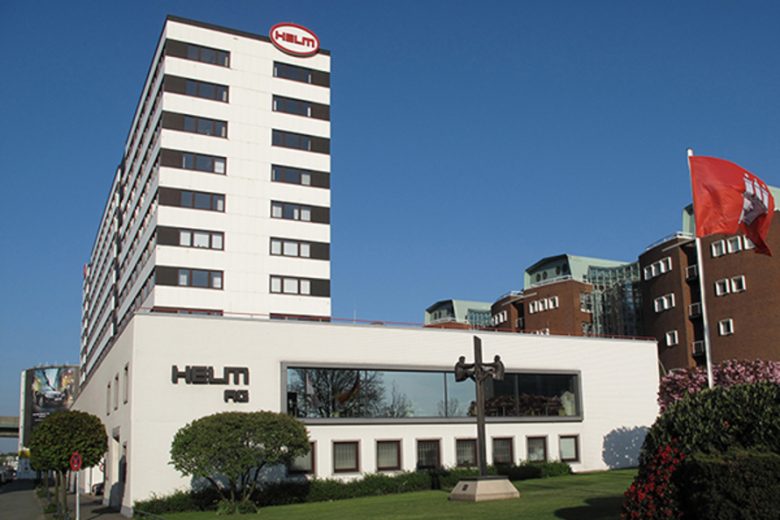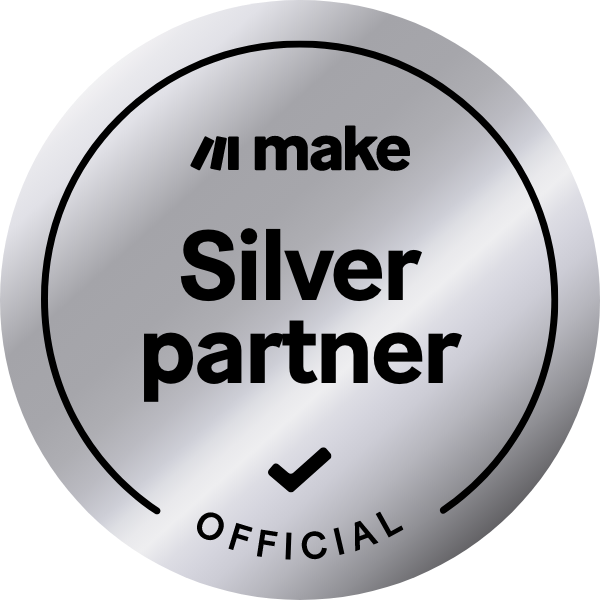Case Study HELM AG:
More efficient collaboration of cross teams


Quick Check
Facts:
- Collaboration needed to become more efficient
- Implementation with coaching approach
- Mapping of own processes in Asana
- Active participation during rollout
Objectives:
- Eliminate media discontinuities
- Information on a uniform platform
- Provide clarity and transparency for responsibilities
- Improve efficiency of cross-functional and cross-location teams
Period:
- 2 months analysis phase, approx. 7 months consulting process
Results:
- Optimized process flows
- Increased clarity of responsibilities
- Simplified prioritization of tasks
- Merging of information from different sources


The challenge
Inefficient collaboration across transnational and cross-functional teams




Consolidate information, increase transparency
Solution

Implementation process with coaching approach
The implementation of Asana went smoothly, as the entire operational process was carefully planned to provide a comprehensive overview of the things that needed special attention. The key points were:
- Structured approach
- Flexibility
- Adaptability
- Active participation
The structured approach created a solid foundation for the entire process. At the same time, the rollout was characterized by sufficient flexibility to adapt the planned sessions and focus topics to evolving insights and actual learning needs. This adaptability proved invaluable in ensuring that the Asana rollout was always in line with current needs.
The entire process was more akin to a consultative approach, where pre-packaged solutions were not presented, but rather collaboratively developed. This encouraged active participation and knowledge sharing within the team and helped ensure that the transition to Asana was successful and sustainable.
The expectations coincided with the process that BridgeFlow developed together with the stakeholders:
- Rapid implementation of Asana,
- Provision and explanation of best practices,
- Support in mapping own processes in Asana,
- Training of key users.


Noticeable improvements right from the rollout
The analysis phase for the implementation took 2 months, and the entire consulting process, due to the staggered introduction in different areas, took about 7 months. During this process, the use of Asana presented no major surprises for those involved, but rather confirmation that the right decision had been made. The noticeable improvements were extremely satisfactory:
- Process flows were significantly optimized, resulting in increased efficiency.
- Most notable was the increased clarity of responsibilities and transparency among project members, which contributed to better collaboration.
- Task prioritization was greatly simplified, allowing the team to better focus on the most important tasks.
- In addition, merging various sources of tasks into Asana resulted in more time dedicated to actual issues and projects, as management and organization became much more efficient.
Excellent cooperation


„Our direct contact for implementation was also available outside of the meetings to answer interim questions. The atmosphere was always relaxed, positive and focused on finding solutions.“
Dr. Thomas Roos, Director Life-Cycle Management, Marketing & Launch

Result
Clarity of responsibilities and a more transparent way of working
Sustainability is achieved when teams derive maximum benefit
Just one month after implementing Asana, the teams were already able to achieve the intended goal to a high degree. The efficiency and organization of work processes improved significantly, and the teams were able to better coordinate and track their tasks.
The ideal state – eliminating media discontinuities and creating complete transparency in responsibilities – has not yet been fully achieved. This is partly due to the fact that new members are still being added to the team, coming from areas where neither project management nor experience with supported work management previously existed. It is expected to take several more months before the benefits of Asana are visible in all areas and teams can derive maximum benefit from this new way of working.



Recommendation
„We would definitely recommend BridgeFlow to others, because our collaboration has always been open and future-oriented. It was also possible to flexibly adjust activities, meetings and content, and also to move them around.“
Dr. Thomas Roos, Director Life-Cycle Management, Marketing & Launch



HELM AG is a family-owned company with a long tradition in Hamburg and a history of more than 120 years. As a multifunctional sales organization, it is active in the fields of chemicals (feedstocks and derivatives), crop protection products, active pharmaceutical ingredients and pharmaceuticals, and fertilizers. HELM is now one of the world’s largest chemical marketing companies and, with more than 100 subsidiaries, sales offices and affiliates in over 30 countries, ensures access to the most important markets through specific regional knowledge.

Curious?





Transparenz bei Verantwortlichkeiten und Überblick über Deadlines ist eine Grundvoraussetzung für die Koordination aller Stores. Wir leisteten bei der Einführung von Asana Unterstützung und passten das Tool flexibel an die speziellen Needs an.





